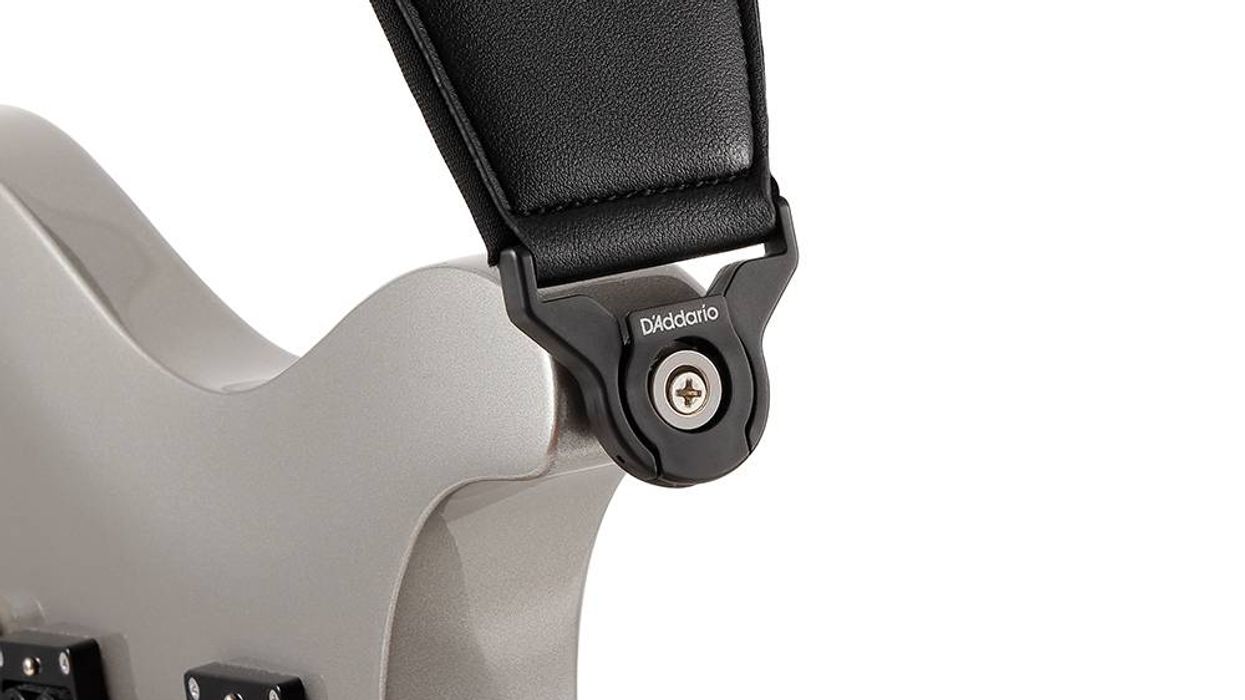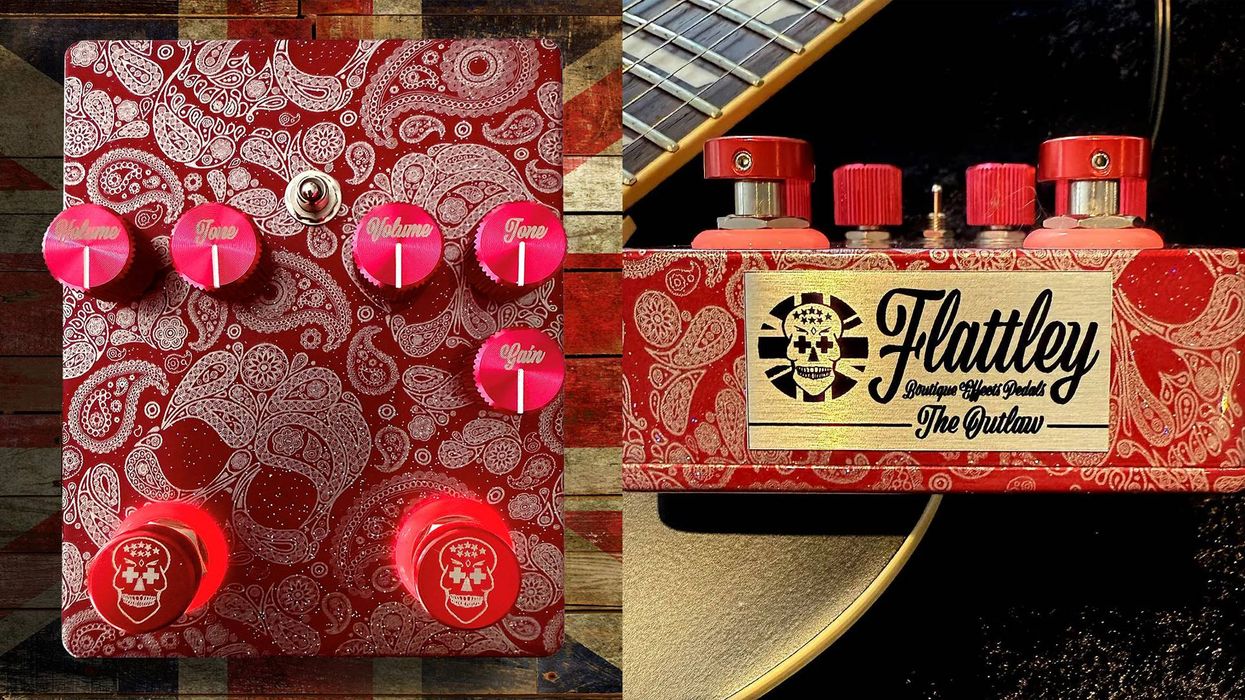New for 2022, Fender releases the Prestige series made by Master Builders, plus a series of limited-edition guitars showcasing the latest in guitar innovation.
Greg Fessler: Prestige Ghost Town Tele, Relic, Artwork by Dave Newman

Greg Fessler found inspiration in Fellow Master Builder Dale Wilson, who travels the Southwest, including many Ghost Towns. Artist Dave Newman, who Fessler has worked with for years, is a Southwest native. Dave's work is stimulated by what he sees around the Southwest, creating an organic segway to the partnership. Innovative specs include Josefina Campos Hand-Wound pickups along with Merle Haggard electronics. Beneath Newman’s artwork lies pre-distressed ash, lending the guitar an authentic finish. This model is ideal for guitar enthusiasts or collectors with respect and affinity for Southwestern art. $17,500.00 USD.
CS 2022Showcase Fender CUSTOM GHOST TOWN TELE® R112802 9216095039
Dennis Galuszka: Prestige Moto Jazzmaster, Bronze Sunburst
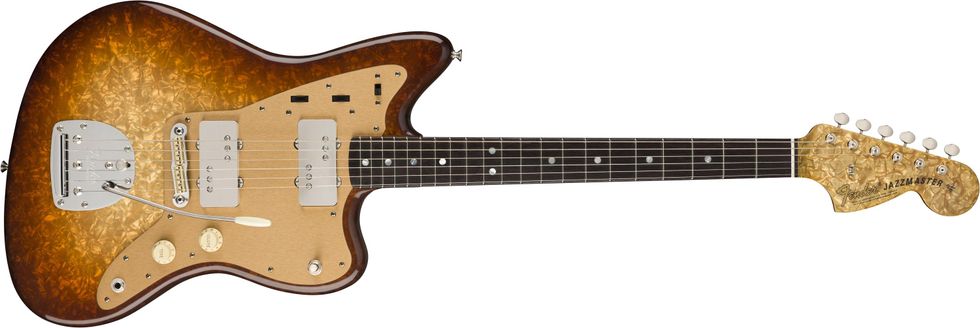
Motivated by all things pearloid and with an eagerness to work with founding Fender Custom Shop Master Builder, Fred Stuart, the duo created the Prestige Moto Jazzmaster, Bronze Sunburst. Highlights include a 2-piece select ash body with Moto covering by Fred Stuart and a roasted quartersawn maple neck with '62 style Jazzmaster back-shape. Finish includes Jay Nelson paintwork. $15,000.00 USD.
CS 2022Showcase Fender CUSTOM MOTO JAZZMASTER® CZ556872 9216095043
Todd Krause: Prestige Jazzmaster, Olympic White
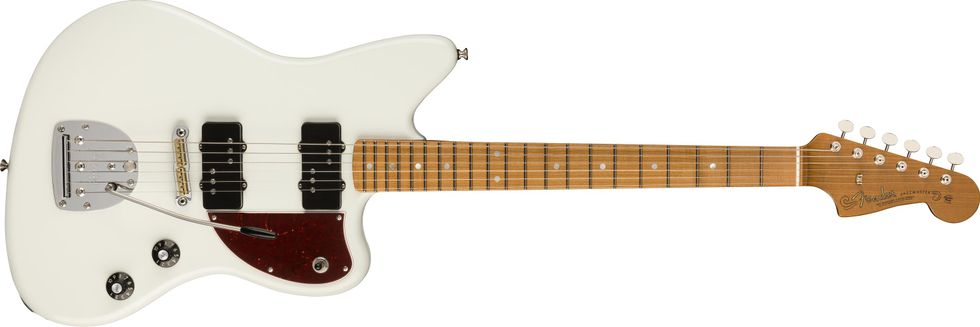
Influenced by a modern version of this classic model, Todd Krause’s Prestige Jazzmaster includes simple rear routed electronics and small pickguard and roasted neck - the most notable features giving the Prestige Jazzmaster a very unique appearance. Suitable for a collector or enthusiast craving an instrument that defies tradition and steps outside of predictable boundaries, this is a must-have guitar. $11,250.00 USD.
CS 2022Showcase Fender CUSTOM JAZZMASTER® CZ556894 9216095021
Kyle McMillin: Prestige Thinline Telecaster, Tobacco Sunburst

This Telecaster is inspired by a gorgeous abalone shell pickguard that Kyle McMillin has cherished for years. A deeper review of the shell presented McMillin the perfect combination of specs this guitar needed: a custom abalone veneered pickguard, complemented with abalone side dots and abalone Fender logo in the headstock, a satin tobacco burst finish and Tasmanian blackwood Thinline body with black top binding. The Prestige Thinline Telecaster is equipped with Josefina Campos Hand-Wound original blackguard (bridge) and twisted Tele (neck) pickups, possessing a traditional Fender sound with a unique and elegant look. $11,000.00 USD.
CS 2022Showcase Fender CUSTOM THINLINE TELECASTER® KM1054 9216095035
Yuriy Shishkov: Prestige Quilted '60s Stratocaster

Inspired by an exquisite deep purple finish, Yuriy Shishkov sought to create a High Garde Quilt Maple top for his prestige collection. The Prestige Quilted ‘60s Stratocaster includes: NOS urethane finish with gold hardware, select roasted ash body with 4A quilted maple top and Josefina Campos Hand-Wound '60s Strat pickups. The Prestige Quilted '60s Stratocaster is an ideal guitar for enthusiasts and collectors craving a one-of-a-kind Custom Shop creation. $9,500.00 USD.
CS 2022Showcase Fender CUSTOM QUILTED '60s STRATOCASTER® YS2948 9216095041
Jason Smith: Prestige Electric Sea Gems Esquire

Jason Smith, frontman for band Echovox, commissioned Minnesota based artist Laura Bennett to create his band’s album cover art, and from there the inspiration for the Electric Sea Gems was born. The Prestige Electric Sea Gems Esquire features include: a 2-piece select alder body, quartersawn maple neck with '60 style oval "C" back shape, and a flat-lam rosewood fingerboard with white pearloid block inlay. This single pickup Esquire includes heavily rolled edges on the neck, giving the guitar a comfortable, vintage feel. The Electric Sea Gems Esquire captivates art collectors and guitar enthusiasts alike. $13,000.00 USD.
CS 2022Showcase Fender CUSTOM ELECTRIC SEA GEMS ESQUIRE® JS0605 9216090056
Ron Thorn: Prestige Hawaiian Dream Resonator, Natural

Koa, a wood revered for its beauty, tone and symbolism is only grown in one place on earth: Hawaii. Ron Thorn built this Koa resonator in celebration of Hawaii’s “rich musical heritage and love of slide and steel guitars.” The extra thick Koa hollow body allows for additional volume and projection from the hand-spun resonator cone. The Koa set-neck’s fretboard is adorned with various Hawaiian flower position marker inlays in a selection of pearl, abalone and semi-precious stone materials. Thornhand-engraved the bronze-plated brass top in a floral motif with bird of paradise sound holes, which are also found on the body’s curly Koa back. An active preamp allows blending of the neck pickup and the piezo biscuit bridge for endless electric/acoustic resonator tones when plugged in. $36,500.00 USD.
CS 2022Showcase Fender CUSTOM HAWAIIAN DREAM RESONATOR Hawaiian Dream 9216095042
Vincent Van Trigt Peacock Precision Bass

After creating the Flamingo Telecaster last year with Ian Ward, a prolific parrot breeder and aviary enthusiast, Vincent Van Trigt sought out the opportunity to work with Ward again, inspired by his illustrations of birds. Vincent Van Trigt notes, “historically peacocks are a symbol of transformation, restoration and rejuvenation, which is what music is. It’s transformative, it takes people on a journey and rejuvenates their souls.” The 1952 Peacock Precision Bass is adorned with Ward's artwork and inlays that match beautifully as well as Josefina Campos Hand-Wound special design pickups with custom mounting rings. The pickup ring with 2 ‘51 pickups is wired in series while the reversed headstock is a nod to Dusty Hill. The 1952 Peacock Precision Bass is perfect for a bass player looking for a classic Fender instrument with some modern twists and gorgeous artwork. $22,500.00 USD.
CS 2022Showcase Fender CUSTOM '52 PEACOCK PRECISION BASS® XN3467 9216095311
Paul Waller: Prestige Saint John's Skeleton Telecaster, Black Over Graffiti Yellow With Artwork By David Kassan

Paul Waller partnered with artist David Kassan, an oil/canvas painter, to create hand-painted art inspired by a skeleton of the Saint John the Divine Cathedral in New York City. The Prestige Saint John’s Skeleton Telecaster is painted on top of a relic finish with black over graffiti yellow, a different finish than Fender’s typical gloss finish on art guitars. While the artwork appears to be a picture at first glance, it becomes individual brushstrokes of oil colors. David Hassan notes of this artwork, “this has the profound potential to wake us up and breathe more life into our lives. A painting surface holds all of the thoughts of the artist that paints on it. In this case, the Telecaster is the ossuary for all of my decisions to create this work. It embodies/absorbed all of my success as well as my failures in painting it. $21,500.00 USD.
CS 2022Showcase Fender CUSTOM SAINT JOHN'S SKELETON TELECASTER® PW486 9216095036
Limited Edition Dual P90 Telecaster Relic
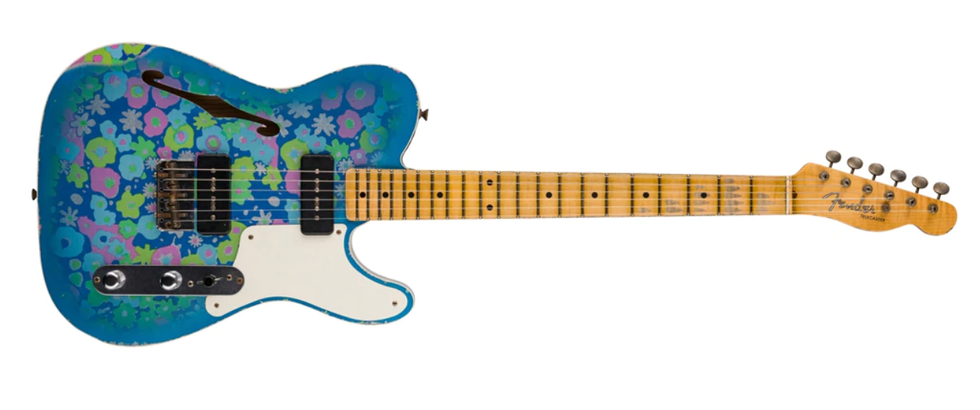
Available finishes include Pink Paisley, Black Paisley and Blue Floral. $5,450.00 USD.
Limited Edition Roasted '61 Strat Super Heavy Relic

Available finishes include Aged 3-color sunburst, Aged Natural, Aged Sherwood Green Over 3-Color Sunburst and Aged Black Over 3-Color Sunburst. $5,600.00 USD.
Limited Edition Fat '50s Strat Relic

Available finishes include India Ivory, Wide-Fade Chocolate 2-Color Sunburst and Super Faded Aged Seafoam Green. $4,750.00 USD.
Limited Edition '50s Twisted Tele Custom Journeyman Relic

Available finishes include Chocolate 3-Color Sunburst, Aged Ocean Turquoise, and Aged Tahitian Coral. $4,800.00 USD.
Limited Edition Custom Jazz Bass Heavy Relic

Available finishes include Aged Natural, Aged Black and Faded Aged 3-Color Sunburst. $5,450.00 USD.
Limited Edition Cunife Tele Custom Journeyman Relic

Available finishes include Chocolate 3-Color Sunburst, Aged Ocean Turquoise and Aged Tahitian Coral. $4,800.00 USD.
Limited Edition '55 Bone Tone Strat Relic

Available finishes include Aged Honey Blonde, Aged Hle Gold, Wide Fade 2-Color Sunburst. $5,300.00 USD.
Limited Edition Caballo Tono Ligero Relic

Available finishes include Aged Black, Aged Gold Sparkle and Aged Magenta Sparkle. $5,400.00 - $5,900.00 USD.
Limited Edition Red Hot Strat Super Heavy Relic

Available finishes include Faded Aged Chocolate 3-Color Sunburst, Aged Dirty White Blonde and Super Faded Aged Lake Placid Blue. $5,950.00 USD.
Limited Edition HS Telecaster Custom Relic

Available finishes include Aged Charcoal Frost Metallic and 3-Color Sunburst. $5,950.00 USD.
Limited Edition P Bass Special Journeyman Relic

Available finishes include 3-Color Sunburst, Aged Dakota Red and Aged Sherwood Green Metallic. $5,250.00 USD.
Limited Edition Tomatillo Tele Journeyman Relic

Available finishes include Natural Blonde, Tomatillo Green and Super Faded Aged Tahitian Coral. $4,650.00 USD.

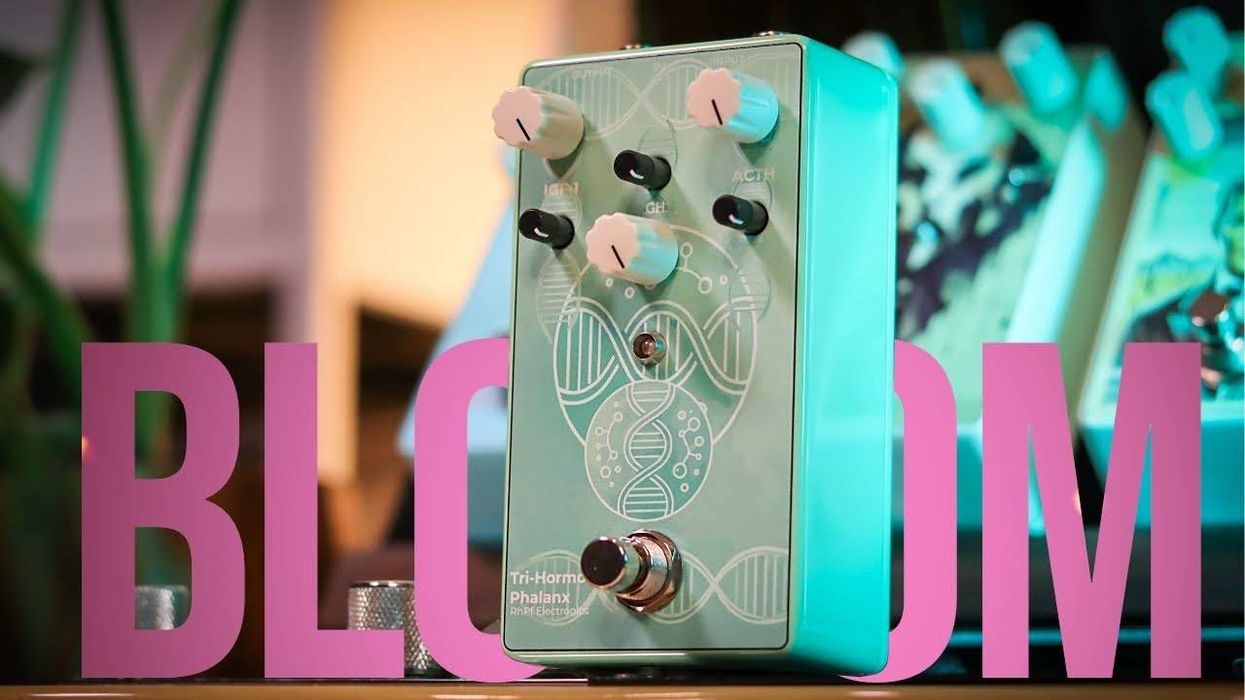

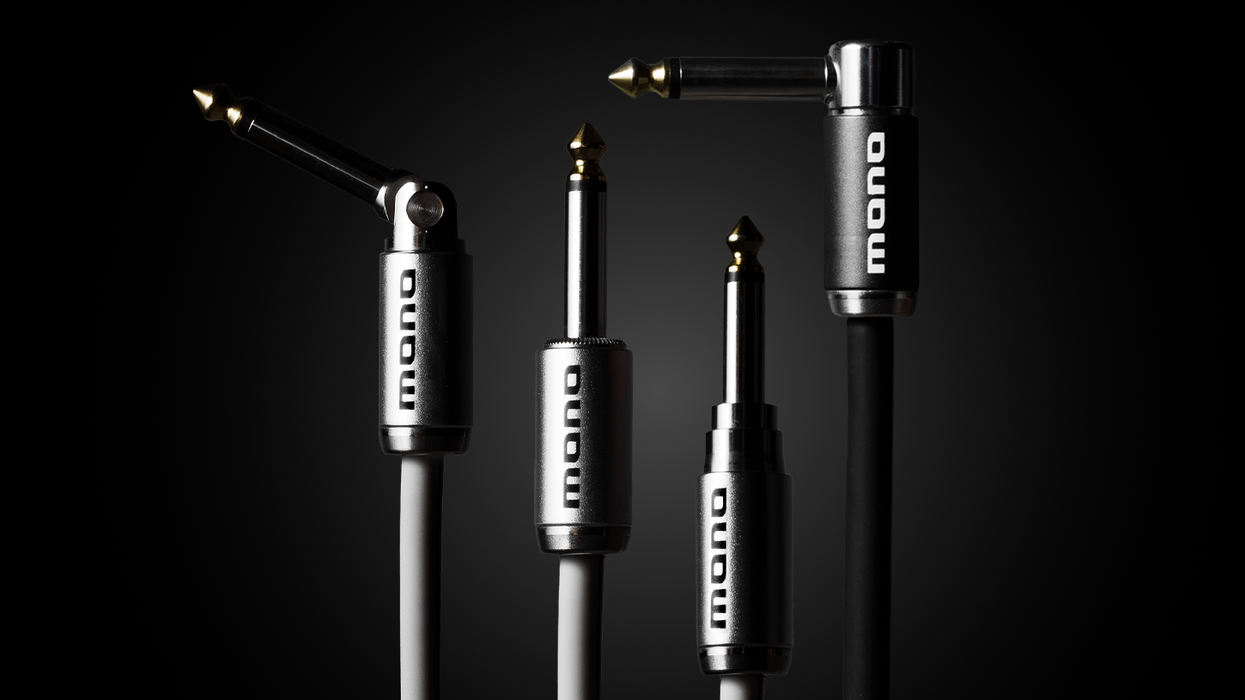








![Rig Rundown: AFI [2025]](https://www.premierguitar.com/media-library/youtube.jpg?id=62064741&width=1245&height=700&quality=70&coordinates=0%2C0%2C0%2C0)
